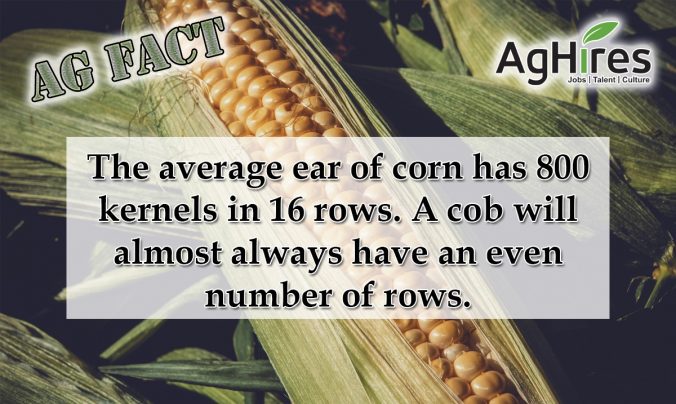
Anything from creamed to casserole, nearly everyone will have some form of corn at their Thanksgiving meal. That a good reason to pay tribute to grain and National Maize Day on November 23rd. Check out the following 30 facts about corn:
- In most countries corn is called maize.
- Maize is a native Taino word meaning “sacred mother,” or “giver of life.”
- The ear or cob is part of the flower, while the individual kernel is a seed.
- The average ear has 800 kernels in 16 rows.
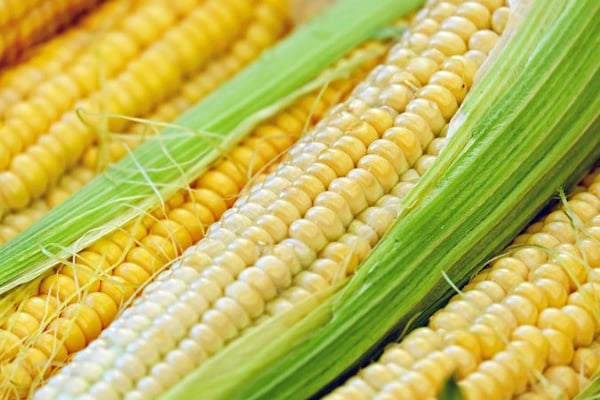
- A cob will always have an even number of rows.
- Except for Antarctica, maize is produced on every continent.
- There are over 3,500 different uses for corn products.
- The grain is used as a major ingredient in many food items like cereals, potato chips, cooking oil, and more.
- Even juices and soft drinks contain sweeteners from the grain. A bushel (about 56 pounds) can sweeten 400 cans of soft drink.
- Corn can also be found in many non-food items such as fireworks, glue, paint, dyes, laundry detergent, soap, antibiotics, cosmetics, and in the production of plastics.
- Maize is also used as feed for livestock, poultry, and in pet food.
- In 2014, the United States produced 35% of the worlds maize, while China produced 21%.
- More than 90 million acres of land is dedicated to growing corn.
- Iowa, Illinois, Nebraska, Minnesota, Indiana, Ohio, Wisconsin, South Dakota, Michigan, Missouri, Kansas and Kentucky make up the “Corn Belt,” a region that has the ideal conditions to grow the crop.
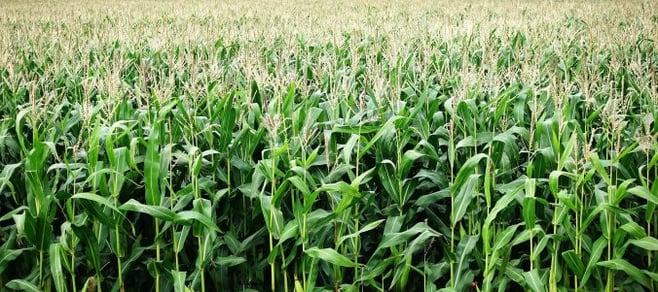
- In the days of the early North American settlers, corn was so valuable that it was used as money and traded meat and furs.
- Maize is believed to be a human invention, domesticated from a grass called teosinte about 7,000 years ago. Read more.
- The grain can be produced in many colors including blackish, blue-gray, purple, green, red, white and yellow.
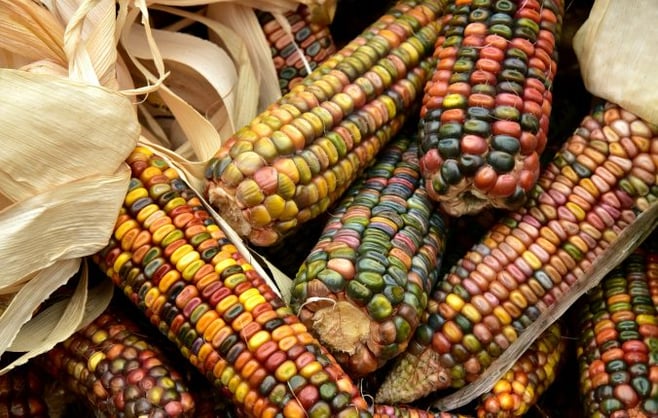
- There are thousands of hybrids, but most fall into six general types, which are dent, flint, pod, popcorn, flour, and sweet corn.
- On average, the stalk measures 8 to 10 feet tall, however the height depends on the variety and the environment.
- The world record for tallest stalk is over 33 feet.
- The stem is commonly composed of 20 internodes.
- A leaf, which grows from each node, is generally 4 inches wide and 4 feet long.
- Male flowers are borne on the tassel, which releases pollen that is easily spread by wind.
- Elongated stigmas, called silks, emerge from the husk leaves at the end of the ear. They are like tufts of hair, often pale yellow, and 7 inches in length.
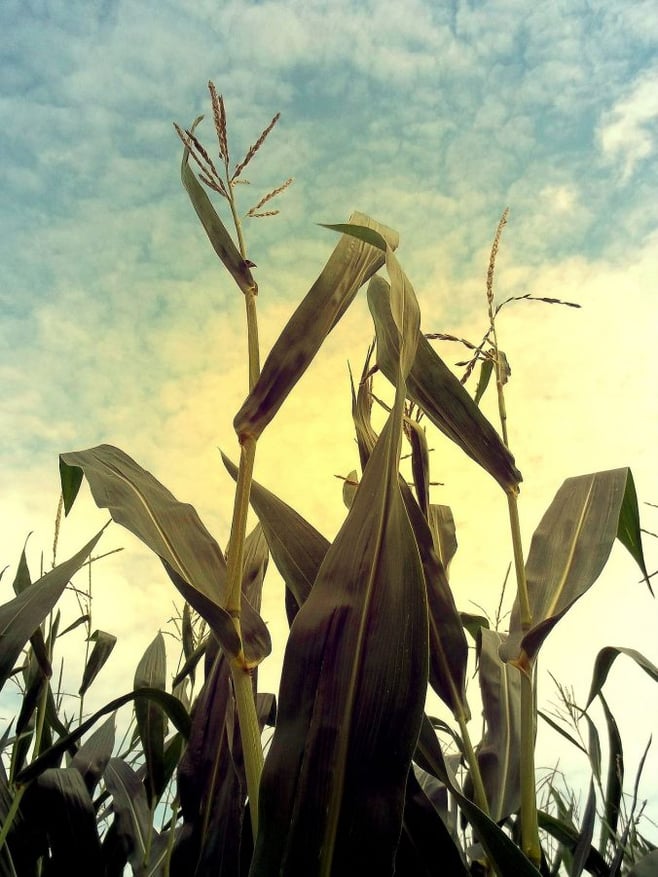
- At the end of the silks is a carpel, which may develop into a “kernel” if fertilized by a pollen grain.
- The maximum size of kernels is about 1 inch.
- It takes 91 gallons of water to produce one pound of corn.
- Before the 20th century, all corn harvesting was by manual labor. Read more.
- The first mechanical corn harvester was developed in 1930 by Gleaner Harvester Combine Corporation of Independence, Missouri. Read more.
- One acre of corn eliminates 8 tons of carbon dioxide from the air.
Want more Agriculture Facts? Click here
Follow us on Facebook and Twitter to get your weekly dose of Ag Facts.
Sources:
USDA
Science Kids
Just Fun Facts
Tons of Facts
Think you know your corn? Check your knowledge against these fun facts!






